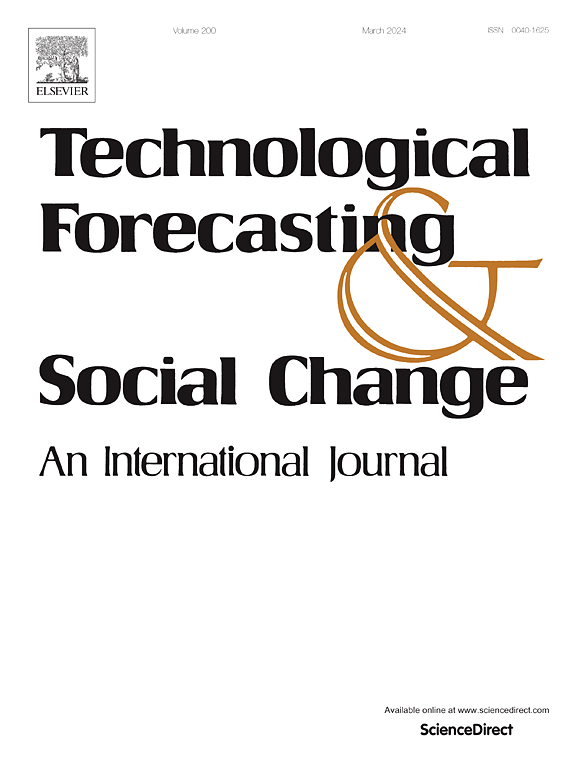Uncertainty management tensions in radical open innovation projects between established firms and startups
IF 12.9
1区 管理学
Q1 BUSINESS
Technological Forecasting and Social Change
Pub Date : 2025-02-22
DOI:10.1016/j.techfore.2025.124026
引用次数: 0
Abstract
This study investigates how established firms and startups deal with tensions regarding uncertainty management in radical open innovation projects. Tensions might emerge for various reasons—including contradictory divergences in how managers and entrepreneurs perceive and assess an uncertainty, distinct preferences or biases regarding the optimal approach to cope with uncertainties, and difficulties coping with the non-anticipated consequences of uncertainty management. Although open innovation projects between established firms and startups represent a unique, fast-growing phenomenon crucial for accelerating innovation, current scholarship has paid less attention to these tensions and how managers and entrepreneurs cope with them. By studying 14 open innovation projects between established firms and startups in 9 companies, we identify tensions and responses to these tensions. The critical insight of our framework is that the way firms dynamically handle themselves with respect to the tensions is central to understanding why some open innovation projects lead to a positive trajectory, whereby both the established firm and startup have their goals, outcomes, expectations, and perceptions transformed. This trajectory generates effective learning for both sides, while other projects face a growing dissociation effect, which might result in failure. This study's implications and opportunities for future research are highlighted.
求助全文
约1分钟内获得全文
求助全文
来源期刊
CiteScore
21.30
自引率
10.80%
发文量
813
期刊介绍:
Technological Forecasting and Social Change is a prominent platform for individuals engaged in the methodology and application of technological forecasting and future studies as planning tools, exploring the interconnectedness of social, environmental, and technological factors.
In addition to serving as a key forum for these discussions, we offer numerous benefits for authors, including complimentary PDFs, a generous copyright policy, exclusive discounts on Elsevier publications, and more.

 求助内容:
求助内容: 应助结果提醒方式:
应助结果提醒方式:


